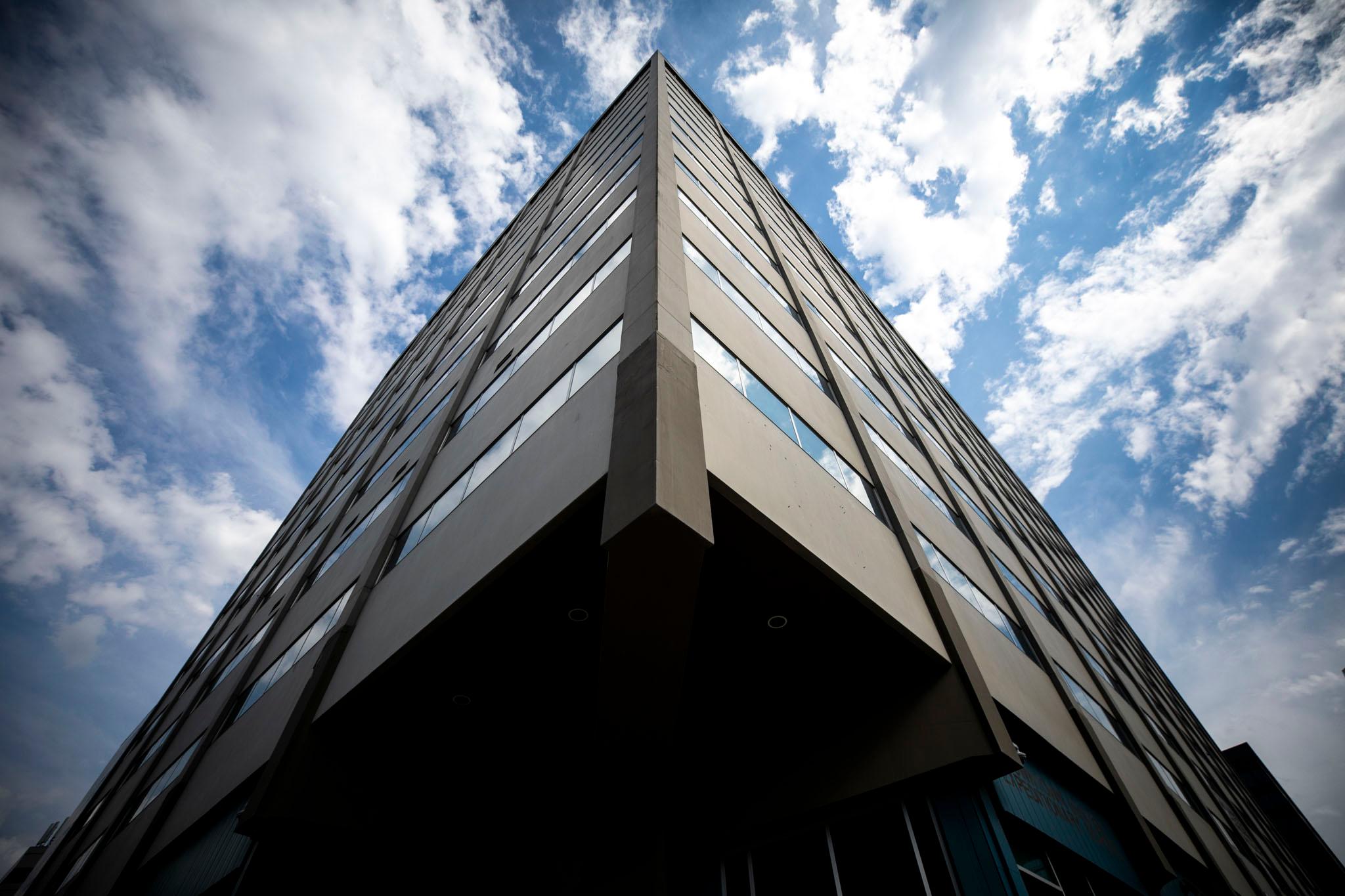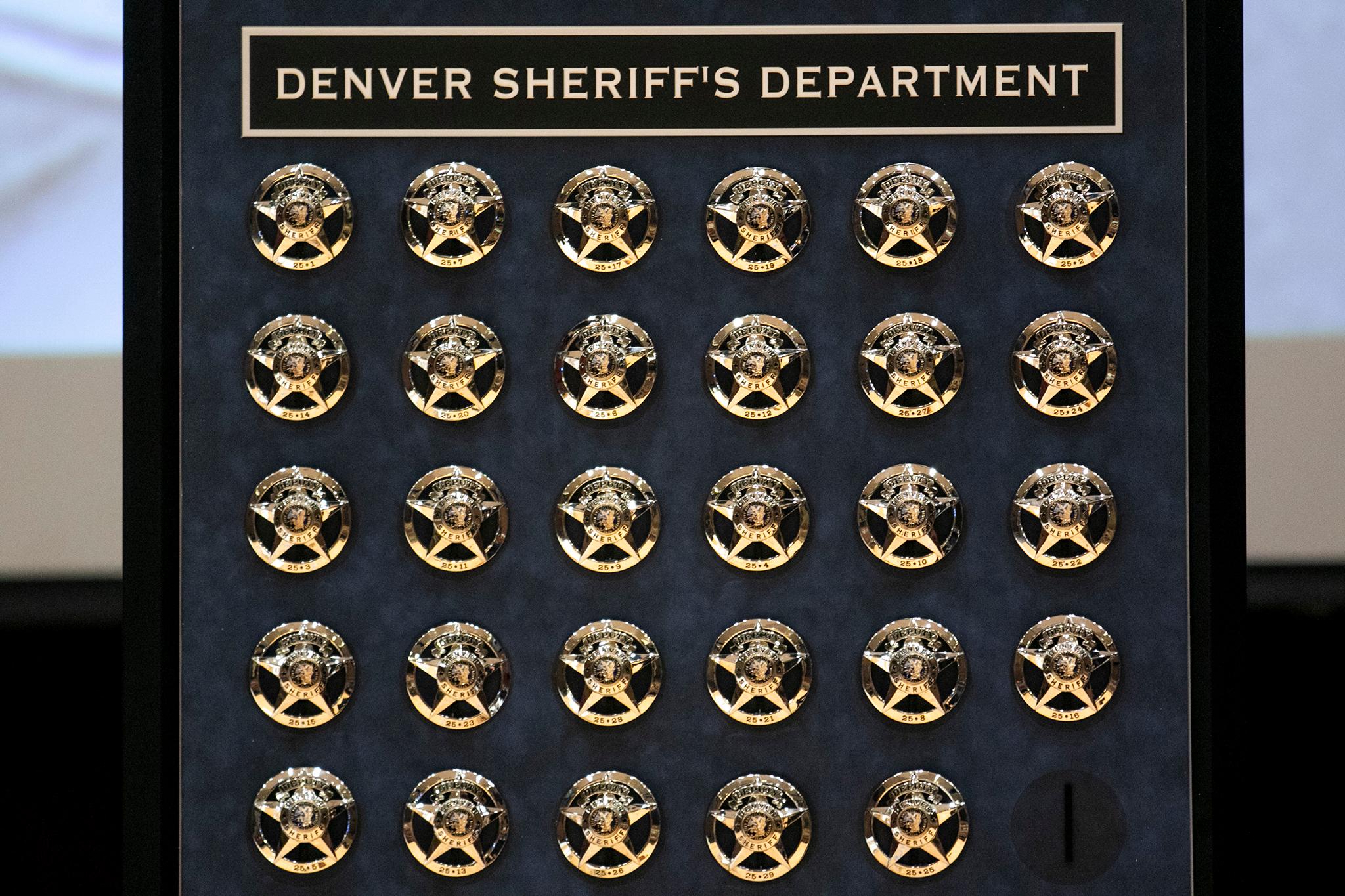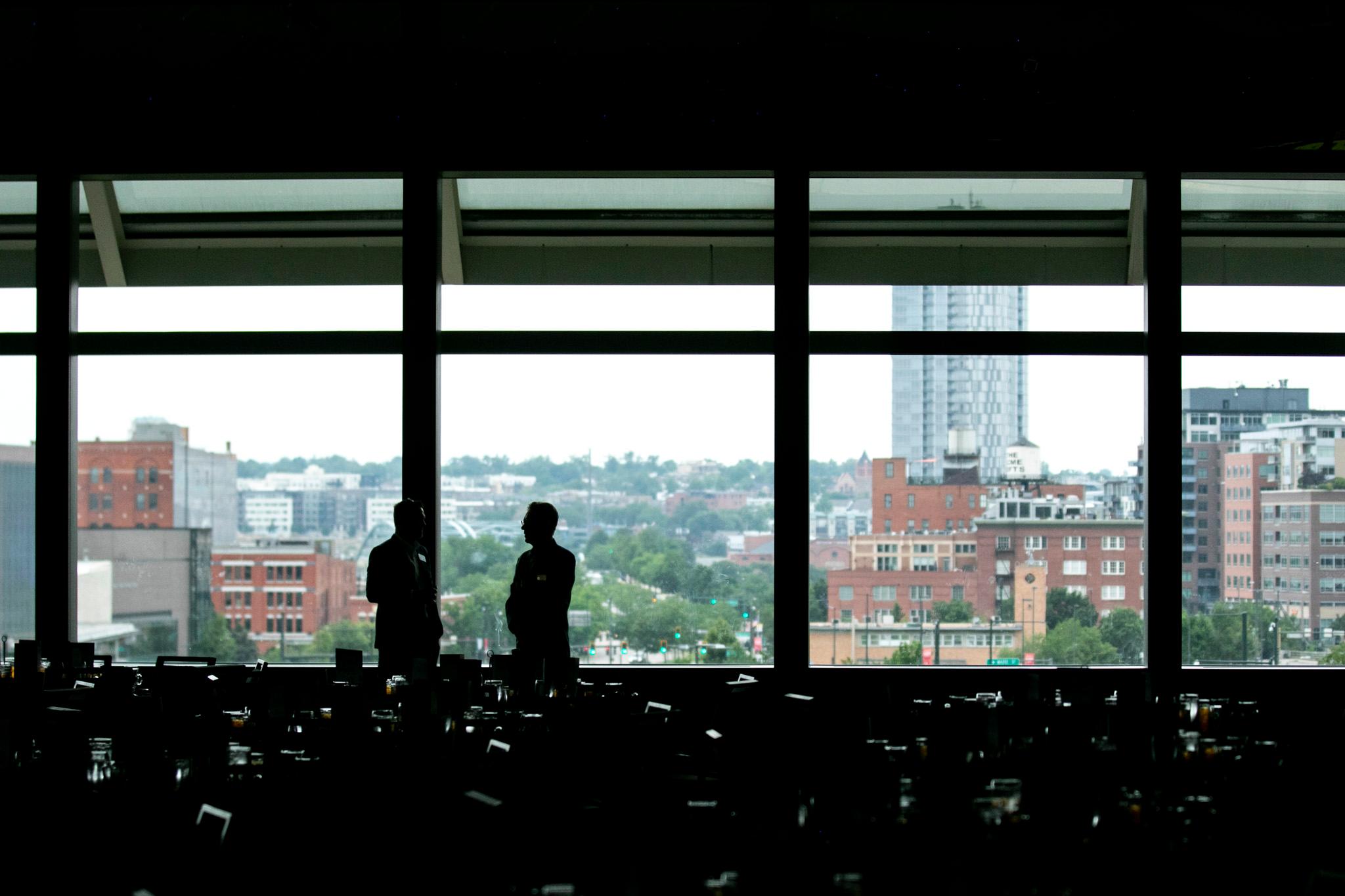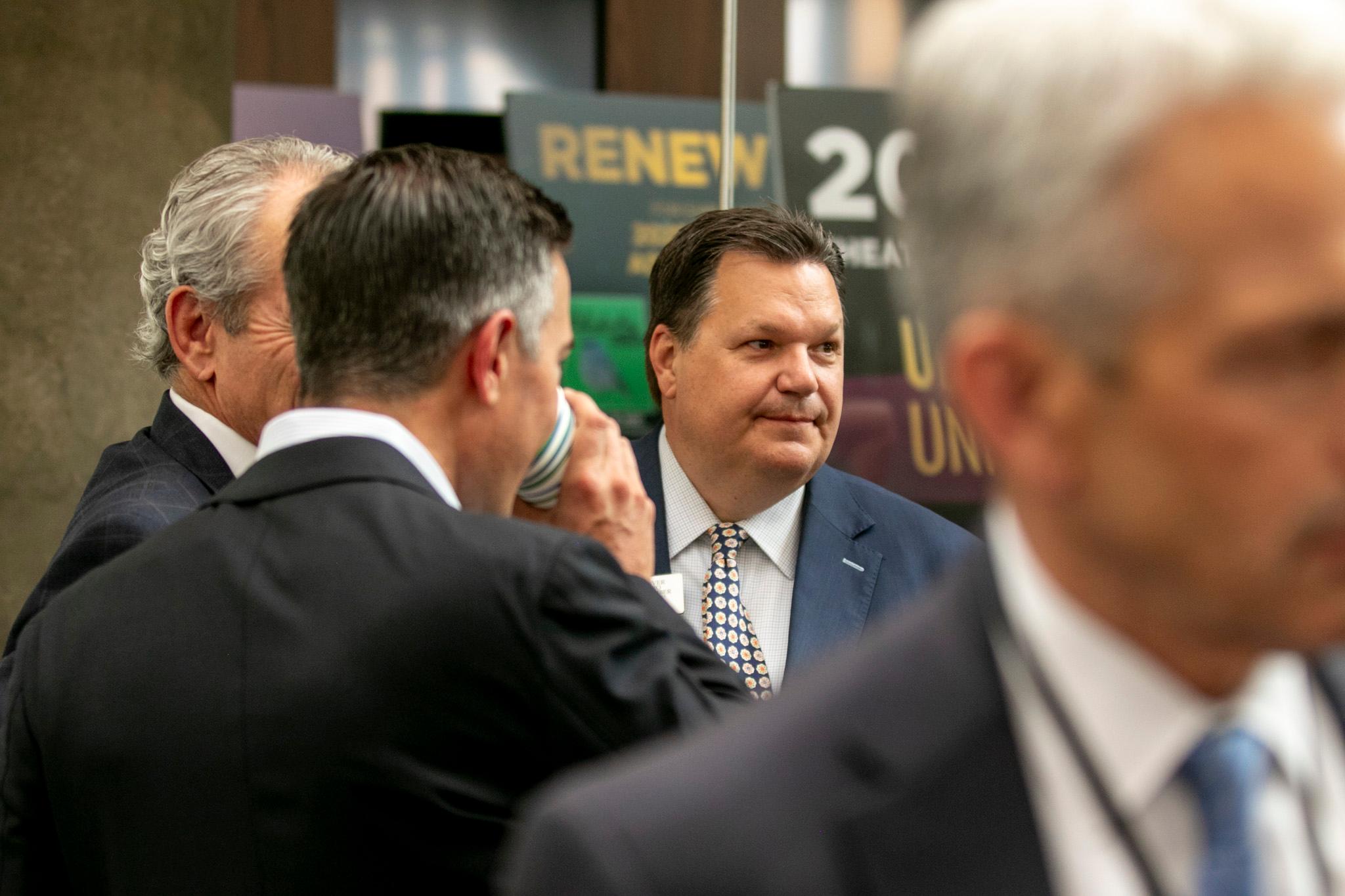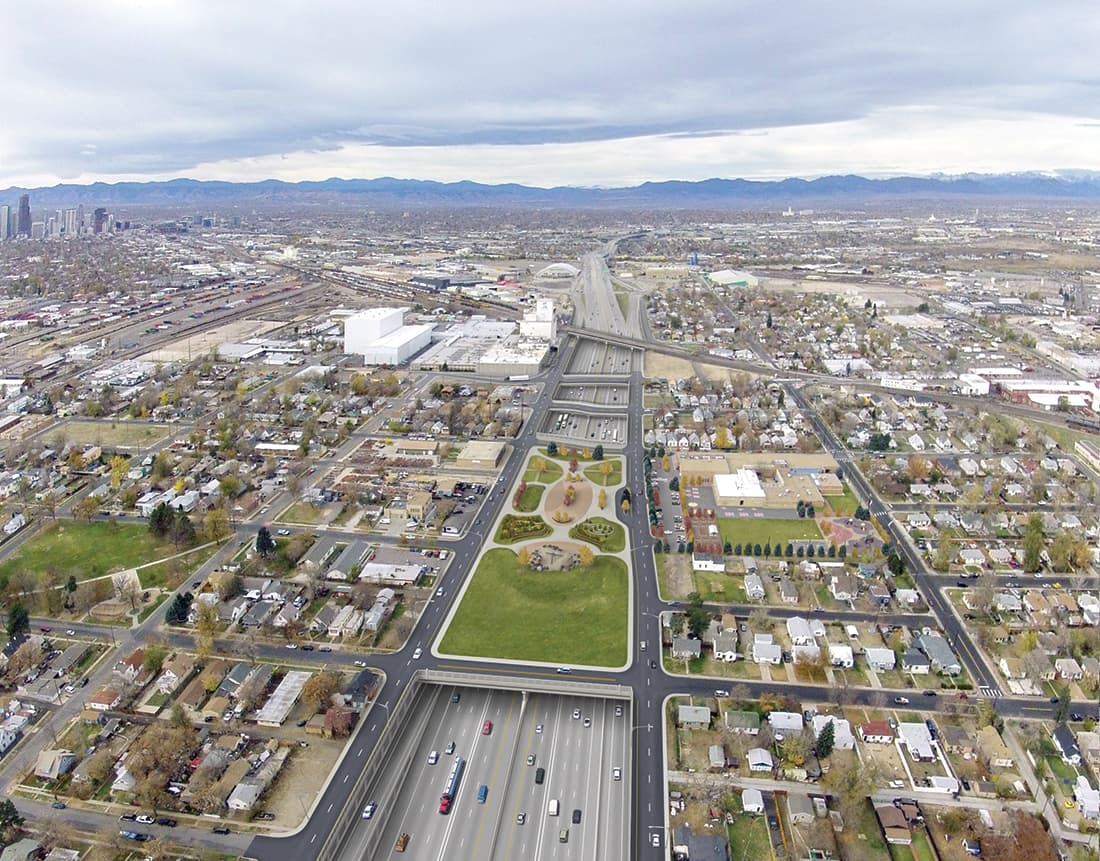
One of the most controversial infrastructure projects in the redevelopment of North Denver hit a "major milestone" today.
The $1.2 billion widening of I-70 now has the official approval of the Federal Highway Administration.
This moment has been 14 years in the making. Yet Shailen Bhatt, executive director of the Colorado Department of Transportation, said he fully expects the decision to be challenged in court, and in fact, that's what community activists said they would do.
"We have followed the law up to this point and we will continue to follow the law," Bhatt said. "The next stage of the NEPA process is the legal challenge phase. We fully expect to move to a new defense of this project, and that's okay."
NEPA is the National Environmental Policy Act that governs the terms that major infrastructure projects have to meet.
"We don't plan to take this decision and accept it," said Candi CdeBaca of the Cross Community Coalition, one of the neighborhood groups opposed to the highway expansion.
The Central 70 project will widen 10 miles of the highway to 10 lanes, demolishing the aging viaduct that currently holds it high in the air and instead sinking the highway into a 250-foot wide trench. Part of the trench will be covered with a four-acre park.
The next step will be for CDOT to finalize design and select the main private contractor for the project, both of which should be done by this summer, according to CDOT communications director Amy Ford.
To be specific, FHWA has issued a "record of decision," which ends the federal review process of the highway and its environmental impacts.
"This is an affirmation that we've double-checked and tripled-checked everything that had to be done from the federal perspective," said Doug Hecox, a spokesman for the Federal Highway Administration. "They have more than met the requirements."
Bhatt said the project as it exists today is the result of extensive community outreach and represents "in many ways a national model" of how to mitigate the impacts of a major highway project.
Bhatt said the project has "a lot of positive aspects too."
"If you are flying into DIA and needing to move across the state, an I-70 that flows, that does not break down every day, is going to be a big benefit to tourism, for commerce," he said. "If you're a company -- and there are a lot of factories and warehouses in this area -- your goods are not sitting in traffic. That's going to be a big improvement. For a lot of different reasons, this project makes sense."
Many people who live alongside the highway don't see it that way.
The project will require the demolition of 56 homes and will carry even more traffic than I-70 does today. Some residents and advocates in the nearest affected neighborhoods, including Elyria, Swansea and Globeville, along with the Sierra Club, are pressing ahead with various arguments in the courts against the project.
Generally, they argue that widening the highway will worsen the environmental, health and social impacts that began when the government first drove the highway through low-income areas in the 1960s. They instead have pushed for a reroute of the highway, which CDOT contends is impractical.
Bhatt said moving I-70 north of Denver along the I-270 corridor, as reroute proponents suggest, would put a lot more traffic onto local streets. He used himself as an example: As a Stapleton resident, he wouldn't drive to I-270 to get east or west.
"I would get on MLK, I would get on Montview, I would get on 17th," he said. "A lot of (the traffic) would transfer to the local grid."
"Is everybody happy? You never get everybody happy, but I think a lot of people are going to be a lot better off," said John Cater, Colorado division administrator for the FHWA.
Late last year, investigators from the Federal Highway Administration came to Denver in response to a civil rights complaint filed by the Cross Community Coalition, the Colorado Latino Forum and others. That investigation is not complete, but Cater said there were "no substantive findings, nothing that would be enough to not proceed with the project."
Cater said federal administrators wanted to issue the record of decision in time for CDOT to hit this summer's construction season and not delay the project another year.
There is also an outstanding lawsuit against the EPA over a change to how it measures air quality that makes it easier for the project to comply.
Ford said that CDOT would continue to meet with neighbors and critics of the project, including in another round of community meetings in February.
"We understand this has been a very long and engaged process. We’re going to carry through that community engagement," she said.
But CdeBaca said many neighbors have always felt that community engagement had a foregone conclusion. That's more obvious than ever now, she said.
"This decision illustrates this in a very public way," she said. "To have a decision of record before the completion of the civil rights investigation shows a complete disregard for the residents. ... They don't think our civil rights or our health matter."
Opponents also contend the project won't improve traffic that much.
This is what's known as "induced demand" or "if you build it, they will come."
Bhatt said that's not wrong, but that doesn't mean I-70 can remain the same width. The city is growing to the east, with an "aerotropolis" growing near the airport and more people living in Stapleton and Green Valley Ranch. Those people will need to move east and west.
"I don't think anybody who wants to get on I-25 this afternoon and go through the FasTracks section would want us to keep it in the three-lane section or the two-lane section that it was," he said.
I-70 will also have "managed lanes" to allow for faster travel for those willing and able to pay for it and the A Line that should take some traffic off the highway.
The viaduct is the "worst bridge" in Colorado and needs to come down, Bhatt said.
"We don't have another 14 years to wait for a solution," he said. "The bridge will provide a solution because bad things will start to happen."
Construction is expected to take four to five years. Bhatt said CDOT will maintain three lanes of traffic throughout the construction period. Most likely construction workers will excavate around the viaduct and put in more traffic lanes, then the viaduct will come down.
"Our guarantee is that it can't be much worse than it already is," he said of the traffic while under construction.
Andrew Kenney contributed to this report.
This is a developing story and will be updated.

